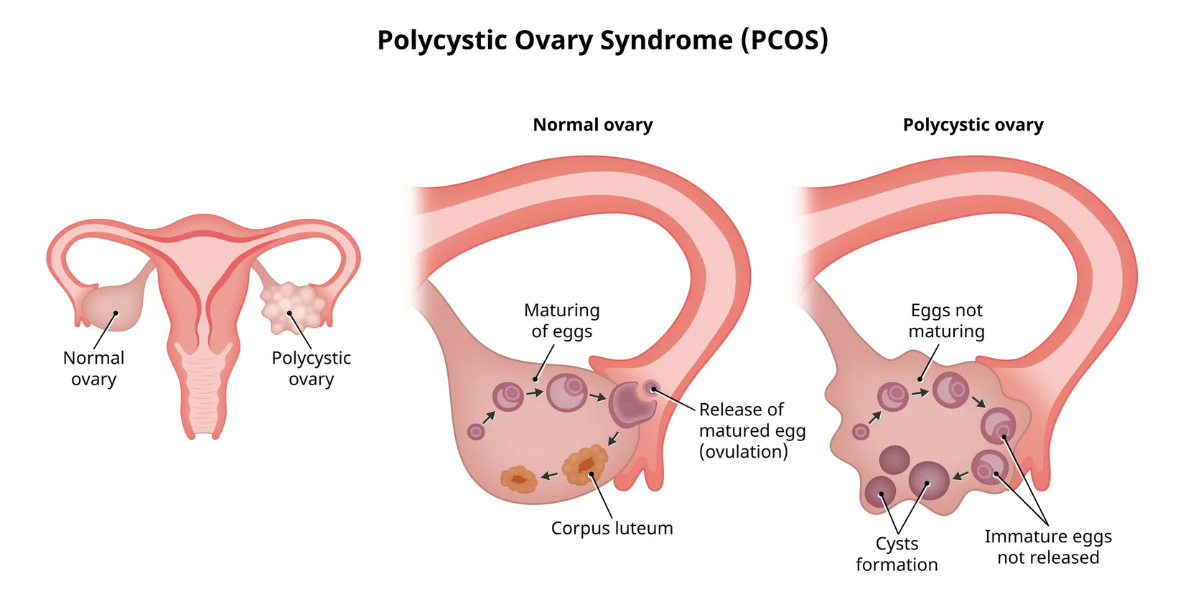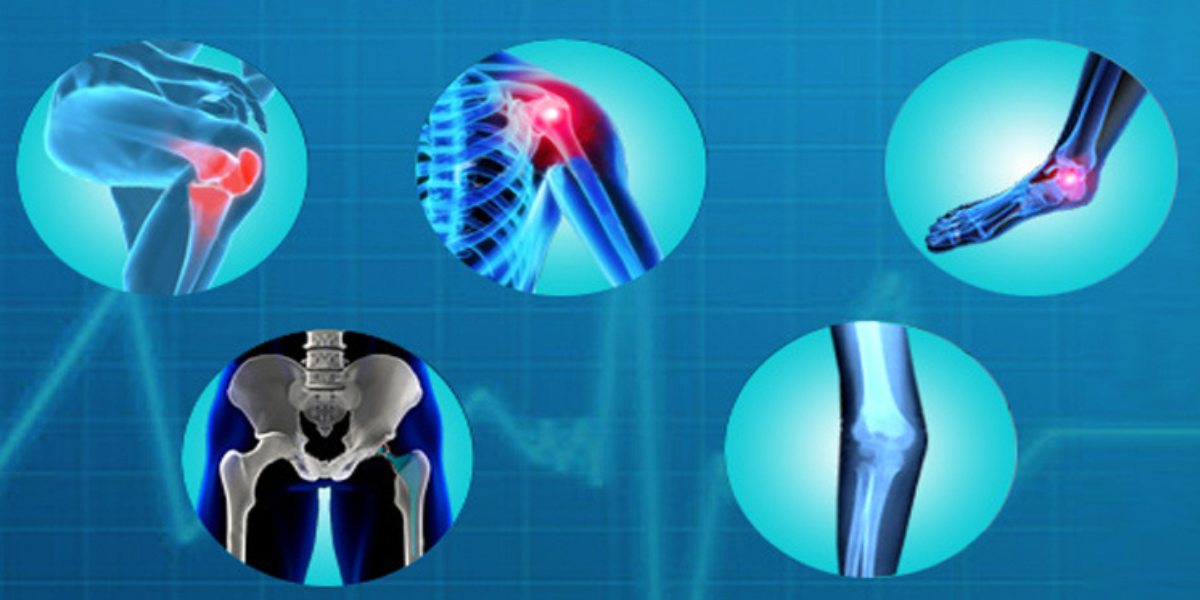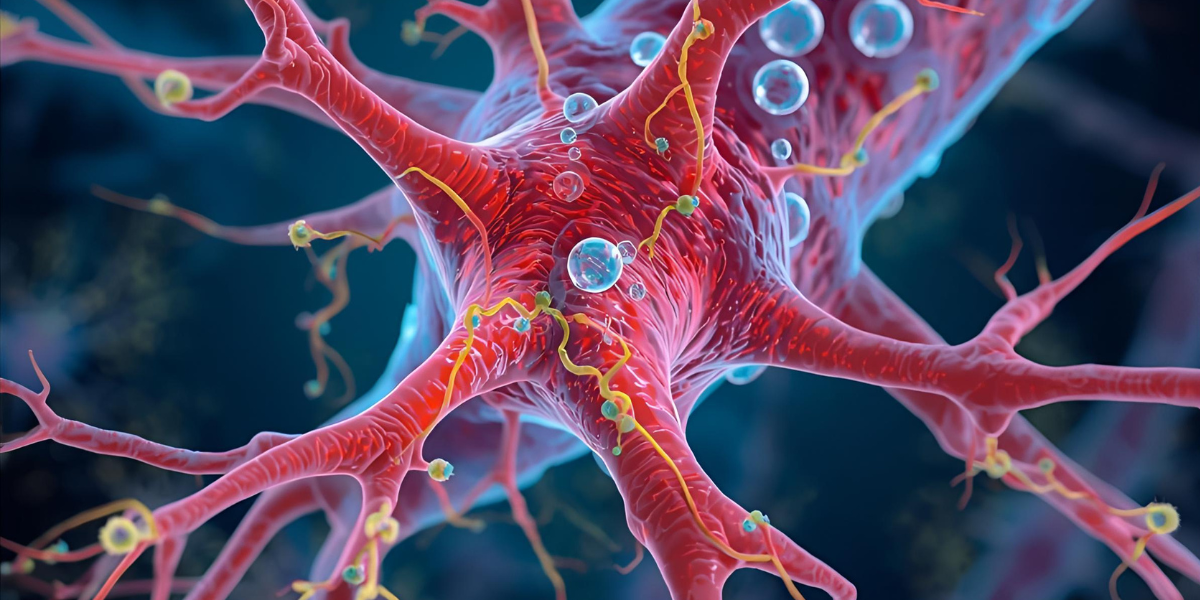
How Is Chemotherapy and Hair Loss Linked?
One of the most emotionally challenging side effects of chemotherapy is hair loss. For many cancer patients, the loss of hair isn’t just a physical change, it’s a visible marker of illness and a source of vulnerability. But why does chemotherapy, a treatment meant to destroy cancer cells, also affect the hair on your head and body? The connection lies in how chemotherapy targets rapidly dividing cells.
Why Chemotherapy Targets Fast-Growing Cell
Chemotherapy drugs are designed to attack cells that grow and divide quickly. This is a defining characteristic of cancer cells, which multiply uncontrollably and form tumors. By targeting these rapidly dividing cells, chemotherapy aims to halt the spread and growth of cancer. However, not all fast-growing cells in the body are harmful. Some, like those in hair follicles, the digestive tract, and bone marrow, also multiply rapidly as part of their natural function.
Hair follicles, especially those on the scalp, are among the most active cell producers in the body. They go through a regular cycle of growth, rest, and shedding. Because of their fast turnover, they become unintended targets of chemotherapy. When the drugs interfere with their function, the hair growth cycle is disrupted, often resulting in thinning or complete hair loss.
How Hair Loss Happens During Treatment
Hair loss from chemotherapy, known as chemotherapy-induced alopecia, typically begins within a few weeks of starting treatment. Patients may first notice loose strands on their pillow, in the shower, or when brushing their hair. The extent of hair loss varies depending on the type and dosage of chemotherapy used, as well as individual biological factors.
Some chemotherapy drugs are more likely than others to cause hair loss. In most cases, the loss is temporary, but during treatment, it can be total—including hair from the scalp, eyebrows, eyelashes, and even body hair. This widespread loss occurs because these drugs circulate throughout the body, not just at the cancer site.
Regrowth After Chemotherapy
The good news is that hair usually begins to grow back after chemotherapy ends. However, the regrowth process can take time and may come with changes. It’s not uncommon for new hair to be a different texture, curlier or straighter than before, or even a different color. This phenomenon is sometimes referred to as “chemo curls.” It may take several months for hair to return to its previous state, and in rare cases, especially with high-dose regimens or certain targeted therapies, hair loss can be long-lasting or permanent.
Hair regrowth is a sign that the body is recovering, and for many patients, it brings a sense of hope and normalcy. While waiting for hair to grow back, some people choose to wear wigs, scarves, or hats, while others embrace their new appearance. The emotional response to hair loss is deeply personal and varies greatly from one individual to another.
Conclusion
The link between chemotherapy and hair loss stems from the very mechanism that makes the treatment effective - its ability to target fast-dividing cells. Unfortunately, this means that healthy cells, like those in hair follicles, can become collateral damage in the fight against cancer. While this side effect can be distressing, it’s also a temporary part of the healing journey for most patients. With advances in care and a deeper understanding of how to manage side effects, patients today have more resources than ever to cope with and recover from chemotherapy’s visible impact.





